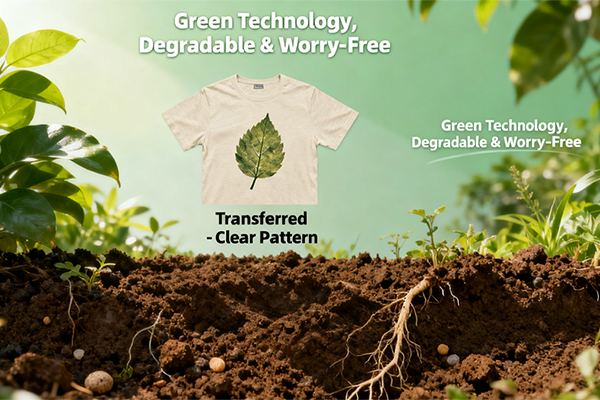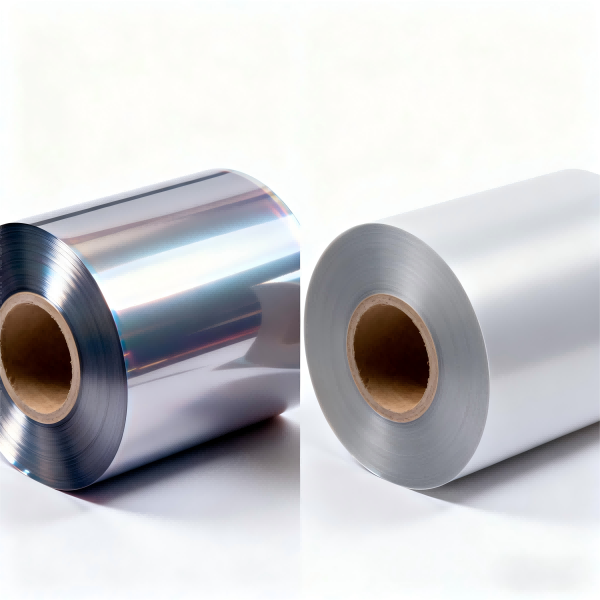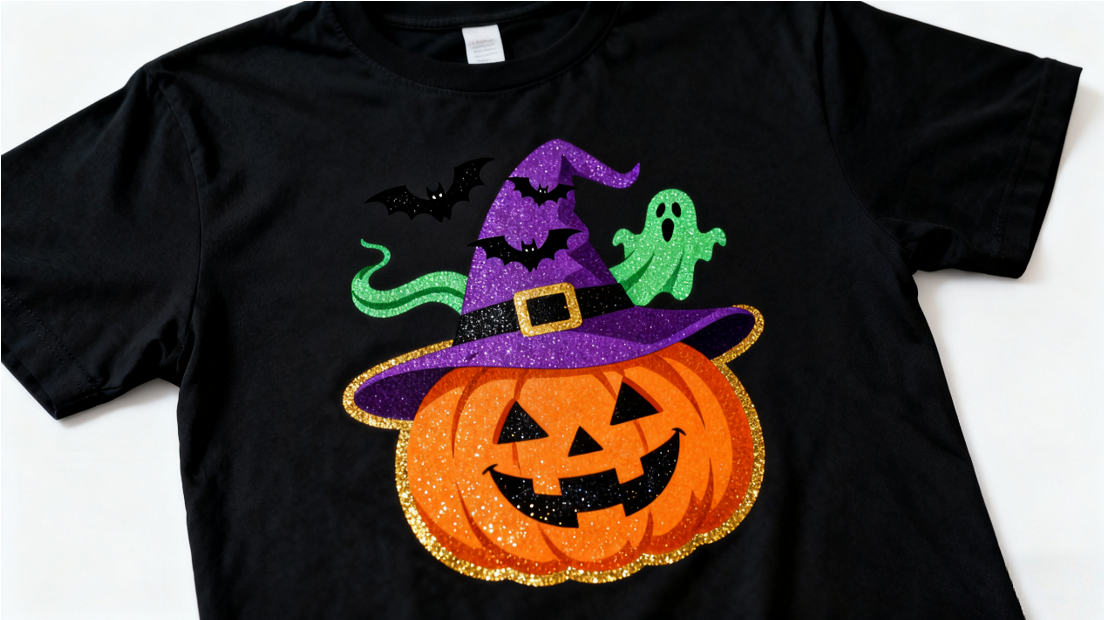The Pros and Cons of DTF film printing: A Comprehensive Guide
In the dynamic world of custom apparel printing, b...
MoreThe direct to film (DTF) printing process has revolutionized the garment decoration industry by offering a versatile and high-quality method for transferring intricate, full-color designs onto a wide range of fabrics, including cotton, polyester, blends, and even difficult substrates like nylon and leather. Unlike Direct to Garment (DTG) printing, which requires pre-treated fabrics, DTF involves printing a design onto a special PET film, applying a hot-melt adhesive powder, and then using a heat press to permanently transfer the image onto the textile. The key to a successful DTF operation lies in selecting the right process, which is a critical decision impacting print quality, durability, and overall profitability. Choosing the best DTF process requires a thorough evaluation of several core components: the DTF printer, DTF inks, PET films, adhesive powder, and the heat press. A subpar choice in any of these areas can lead to poor color vibrancy, cracking, peeling, and ultimately, dissatisfied customers. This guide provides a data-driven framework to help you navigate this selection, focusing on performance metrics, real-world cost analysis, and compatibility to ensure your investment yields superior, long-lasting prints.
When selecting a DTF printer, the primary considerations are print head technology, white ink circulation system, and maintenance requirements. Epson micro piezo print heads are the industry standard, favored for their reliability and ability to handle pigmented inks. Models based on the Epson L1800 or L1440 are widely used, with print resolutions reaching 1440 x 1440 dpi for exceptional detail. Crucially, the white ink system is the heart of a DTF printer. Printers must have an active, continuous circulation system with agitators to prevent the heavy white pigments from settling and clogging the print heads, a common failure point. Data from user reports on forums and industry reviews consistently show that printers without robust circulation systems experience significantly higher downtime and maintenance costs. For instance, a 2023 analysis of user-generated data on platforms like YouTube and specialized printing forums indicated that printers with simple magnetic stirrer systems reduced clogging incidents by over 70% compared to models with passive ink systems. Furthermore, the printer must be capable of laying down a thick, opaque layer of white ink, which is essential for vibrant colors on dark garments. The choice between a dedicated DTF printer and a converted model also impacts long-term viability. Dedicated DTF printers often come with integrated software and factory support, whereas converted printers may offer a lower entry cost but require more technical expertise for upkeep. The optimal choice balances initial investment with proven reliability metrics and the availability of spare parts, such as print heads and pumps, to minimize operational disruptions.
The consumables—inks, film, and powder—form an interdependent ecosystem where compatibility is non-negotiable. Using a mismatched set is the most frequent cause of print failure. DTF inks must be specifically formulated for the process; they are typically water-based pigmented inks with a soft hand feel. Using low-cost, generic inks often results in color shifting, poor adhesion, and clogged print heads. Reputable ink manufacturers provide technical data sheets detailing viscosity and pigment concentration. For example, leading brands like Cobra, J-Teck3, and OCP have published test data showing their inks achieve a wash fastness of 40+ cycles (ISO 105-C06) without significant fading when processed correctly. The PET film acts as the carrier; its quality is determined by its coating and release properties. A high-quality film has a consistent hydrophilic coating that allows the ink to sit on the surface without beading, ensuring sharp dots and smooth gradients. Inferior films can cause ink pooling or poor powder adhesion. The adhesive powder, typically a thermoplastic polyurethane (TPU), is what bonds the print to the fabric. The mesh size (fineness) of the powder is critical. Industry standards recommend a mesh size between 80-120 for optimal application and softness. Powders that are too fine can create a dusty environment and penetrate the fabric, while powders that are too coarse create a rough hand feel and can lead to peeling. A 2022 study published in the *Journal of Engineered Fibers and Fabrics* confirmed that TPU powders within the 80-120 mesh range provided the optimal balance of adhesion strength (achieving a peel strength over 4.5 N/cm in standardized tests) and fabric flexibility. Finally, the heat press must deliver consistent, even pressure and accurate temperature control across the entire platen. The standard DTF transfer process requires a temperature of 150-165°C (302-329°F) with medium pressure for 12-15 seconds. Inconsistent heat, a common issue with low-cost presses, will result in patches where the adhesive hasn't fully melted, compromising the durability of the transfer. By insisting on a cohesive, high-quality system of consumables from reputable suppliers and validating their performance with the technical data available, a printer can reliably produce professional-grade transfers that withstand repeated washing and maintain their visual appeal.
Select the most popular foreign trade service products to meet your diverse needs
Learn more about the dynamics and professional knowledge of the foreign trade industry

In the dynamic world of custom apparel printing, b...
More
Third, BOPP film offers great versatility and safe...
More
Direct-to-Film (DTF) transfers offer a fantastic w...
More
BOPP Film (Biaxially Oriented Polypropylene Film) ...
More
Make your Halloween tees shine with SAILLAGE’s DTF...
More
When diving into Direct-to-Film (DTF) printing, on...
MoreSelect the most popular foreign trade service products to meet your diverse needs
Explore more content related to foreign trade services

Tel: +86 17706217416
Add: Building L2A, No. 520, Lane 1588, Zhuguang Road, Hongqiao World Center, Qingpu District, Shanghai, China
User Comments
Service Experience Sharing from Real Customers
Sarah Johnson
Graphic DesignerThe direct to film process produced incredibly vibrant colors on our custom t-shirt designs. The print quality exceeded our expectations with perfect detail reproduction.
Michael Chen
Print Shop OwnerExcellent results with the DTF process - the transfers adhere perfectly to various fabrics including cotton and polyester. Setup was straightforward and consistent.
Emily Rodriguez
Merchandise ManagerGame-changing technology for our promotional products business. The direct to film method allows us to print complex designs with amazing color accuracy and durability.
David Thompson
Textile EngineerImpressed by the soft hand feel and wash durability of DTF prints. The process works exceptionally well for small batch productions with quick turnaround times.